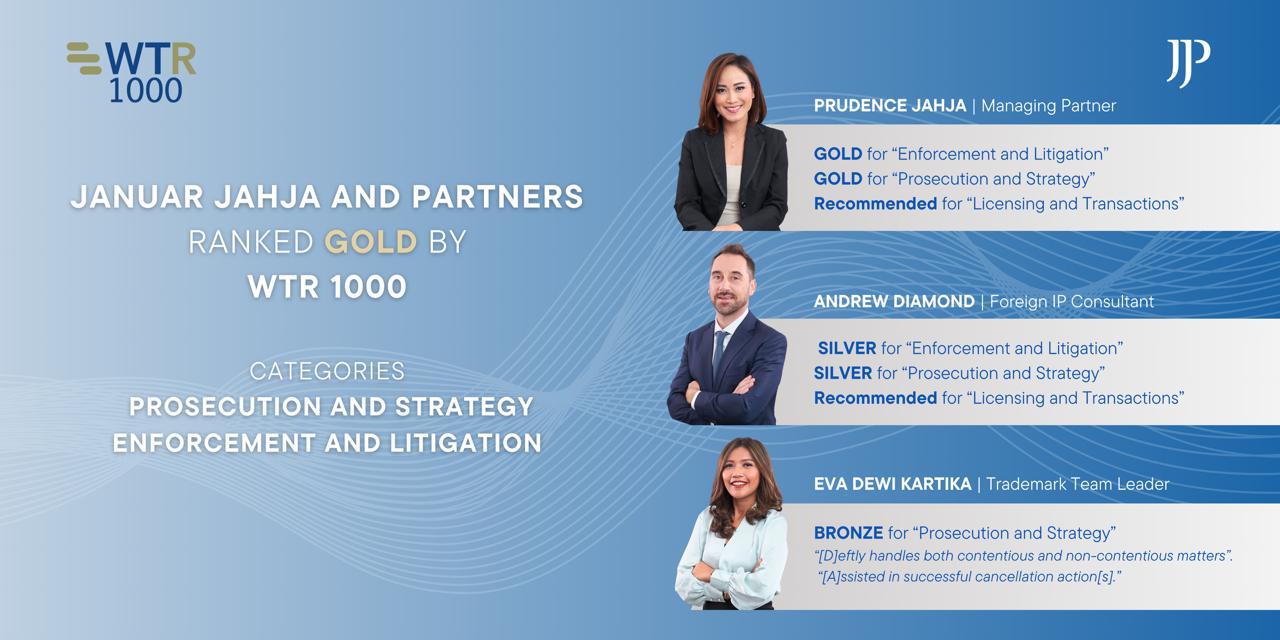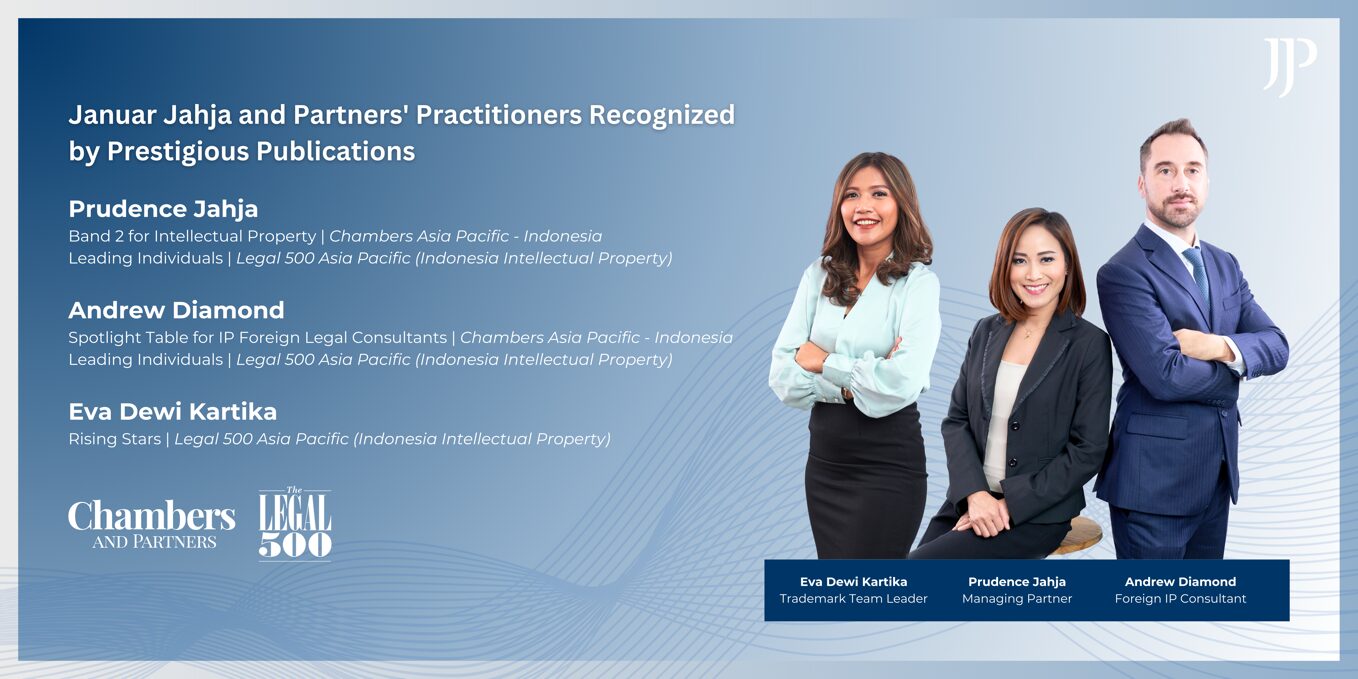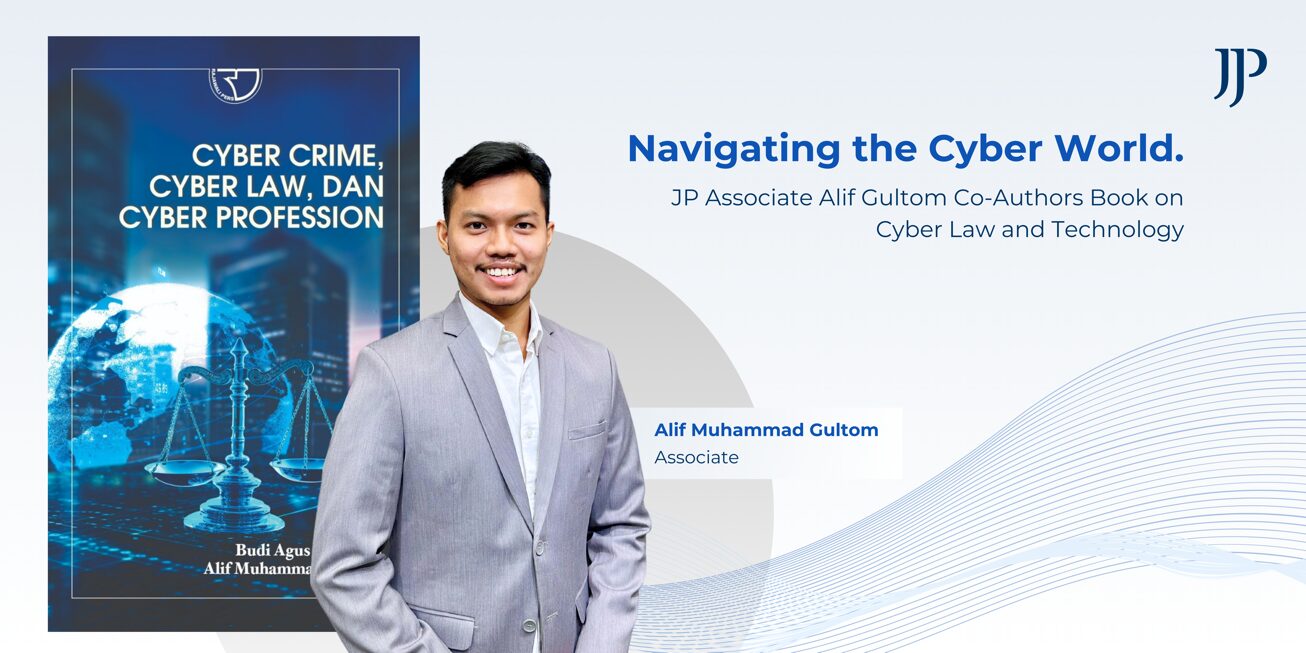By: Wulan Mogesmiranti, Patent Attorney, and Andrew F. Diamond, Foreign IP Consultant, Januar Jahja and Partners
For applicants looking to expedite their patent applications in Indonesia who have a corresponding application in another Southeast Asian country, the ASEAN Patent Examination Cooperation (ASPEC) Program may be a viable alternative to consider. This is particularly so if the applicant does not quality for participation in Indonesia’s Patent Prosecution Highway (PPH) Program with the Japan Patent Office. Theoretically, the ASPEC Program seeks to increase efficiency and reduce translation costs. Yet in practice, including in Indonesia, it has not become as popular as perhaps originally envisioned despite boasting a 100% allowance rate at final decision (based on official ASEAN statistics through January 2020).
Launched on 15 June 2009, ASPEC was the first regional patent cooperation project in Southeast Asia and remains part of the ASEAN Intellectual Property Rights Action Plan 2016-2025 to create “a more robust ASEAN IP System…by strengthening IP Offices and building IP infrastructures in the region.” The Association of Southeast Asian Nations (ASEAN) consists of 10 member states that as a single economic unit had a GDP of US$ 9.34 trillion in 2019 and contains approximately 650 million people. Of the 10 ASEAN members-states, nine are currently participating members (“AMS”) in the ASPEC Program: Brunei Darussalam, Cambodia, Indonesia, Lao PDR, Malaysia, the Philippines, Singapore, Thailand and Viet Nam; Myanmar is the lone exception.
Under the ASPEC Program, search and examination (S&E) results from one AMS can be used by an examiner at another AMS IP Office to help develop search criteria or strategy more quickly. It could also help to provide an examiner with information and/or assessment of prior art to which the examiner might not otherwise have access. By using a positive S&E result from one AMS as a reference to amend a pending application in another AMS jurisdiction, it is possible to reduce the complexity of an examiner’s work, thereby increasing efficiency and generating faster turnaround times, as well as better search and examination results. It should be noted that while the S&E results are not binding on the AMS, they can be used as a useful reference for search/examination purposes. That the ASPEC Program requires English to be used for these documents aims to save applicants translation costs.
Based on official ASEAN statistics, as of January 2020 there have been 627 ASPEC requests submitted across all participating member-states. In Indonesia, there have been 81 ASPEC requests, with 69 of those using S&E results from Singapore, followed by eight from Malaysia, and four from the Philippines.
In order to be eligible, an applicant must have (1) filed a corresponding application for the same invention in another participating ASPEC member state (AMS) and the applications share a Paris Convention priority claim, and (2) the search and examination documents issued by any one of the participating ASPEC member states’ IP office has determined that at least one claim is allowable/patentable.
In Indonesia, there are no official fees to request participation in the ASPEC Program. Further, the request can be made at any time before grant or refusal. The requirements are as follows:
- Search and examination report documents from ASPEC Member State (AMS);
- A copy of the claims; and
- Table of claims correspondence.
At the time of filing the ASPEC request form, all documents mentioned above must be accompanied by an English translation if they are not originally in English.
Indonesia is one of the founding members of ASEAN and home to the ASEAN Secretariat. It is a G20 economy, and the fourth most populous country in the world, as well as being an active patent jurisdiction with around 10,000 applications filed each year. Currently, it takes around 2.5-3+ years from filing to grant, assuming a smooth application process.
Such short pendency times are usually only obtained by a patent applicant that has a corresponding patent granted from a ‘developed’ jurisdiction (e.g., US, EU, Japan, South Korea, China, and/or Australia) to which the Indonesian applicant can be amended to match those granted claims. Theoretically, the ASPEC Program can be a choice for applicants in Indonesia that do not qualify for the PPH Program who have a positive examination result from another ASEAN member state. As noted above, S&E results from Singapore are the most popular to be used in Indonesia. However, the program is not yet commonly used as it is still not yet clear whether participation really does speed up examination and grant. Further, while there are no official fees, there will be agent fees as well as translation costs that must be taken into consideration. On the other hand, a 100% allowance rate at final decision is a very enticing factor for eligible applicants to consider as well.
As the member states of ASEAN work to develop themselves into more robust and mature patent jurisdictions in accordance with the vision and mission of the ASEAN IPR Action Plan 2016-2025, there is the possibility that the usefulness and thus the popularity the ASPEC Program will grow in the future.




